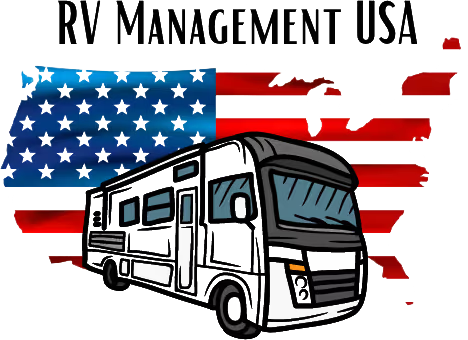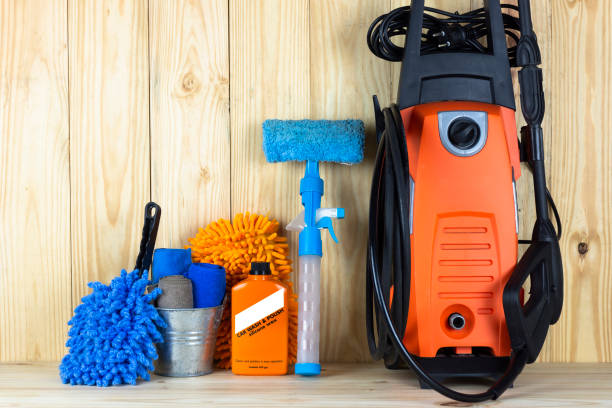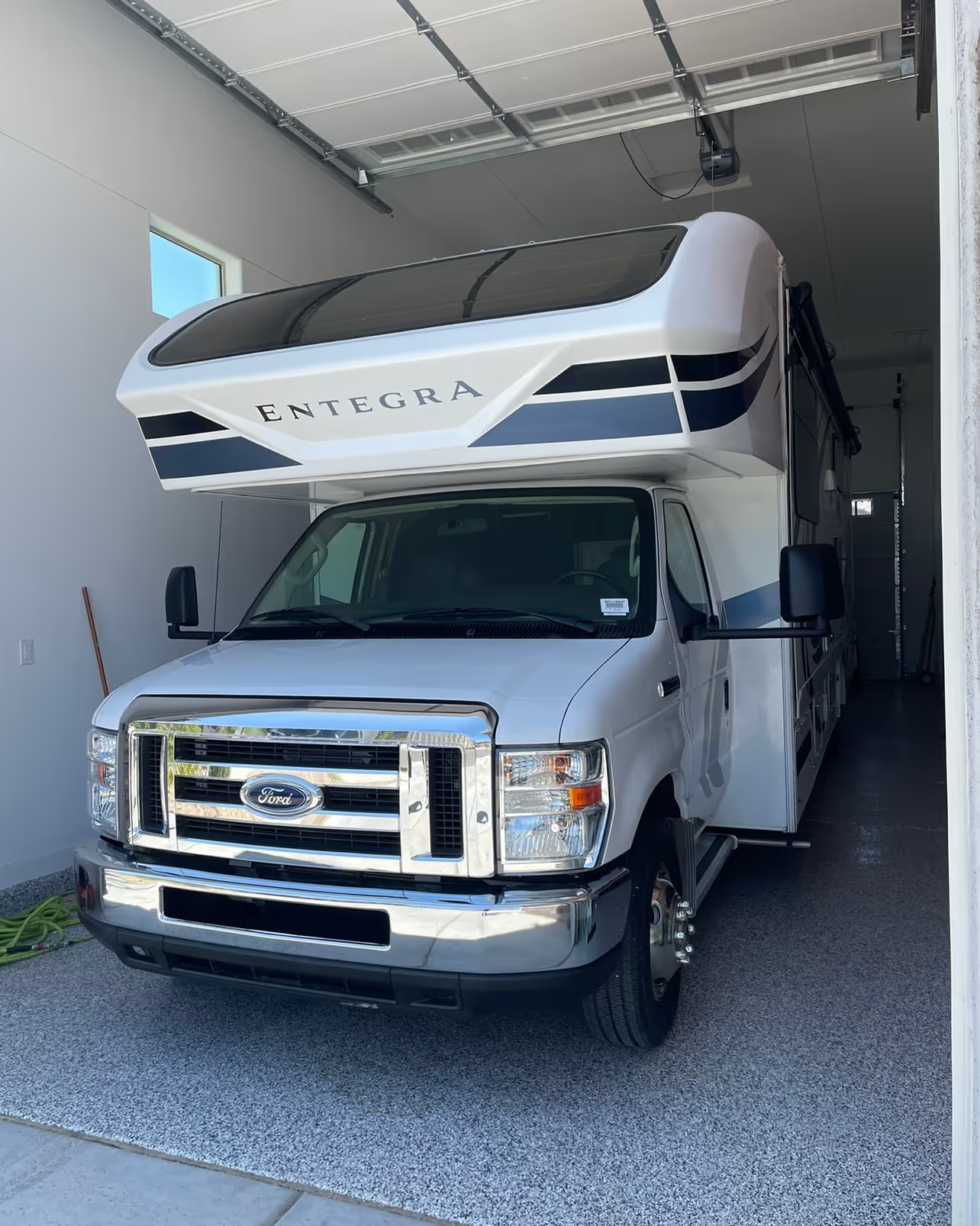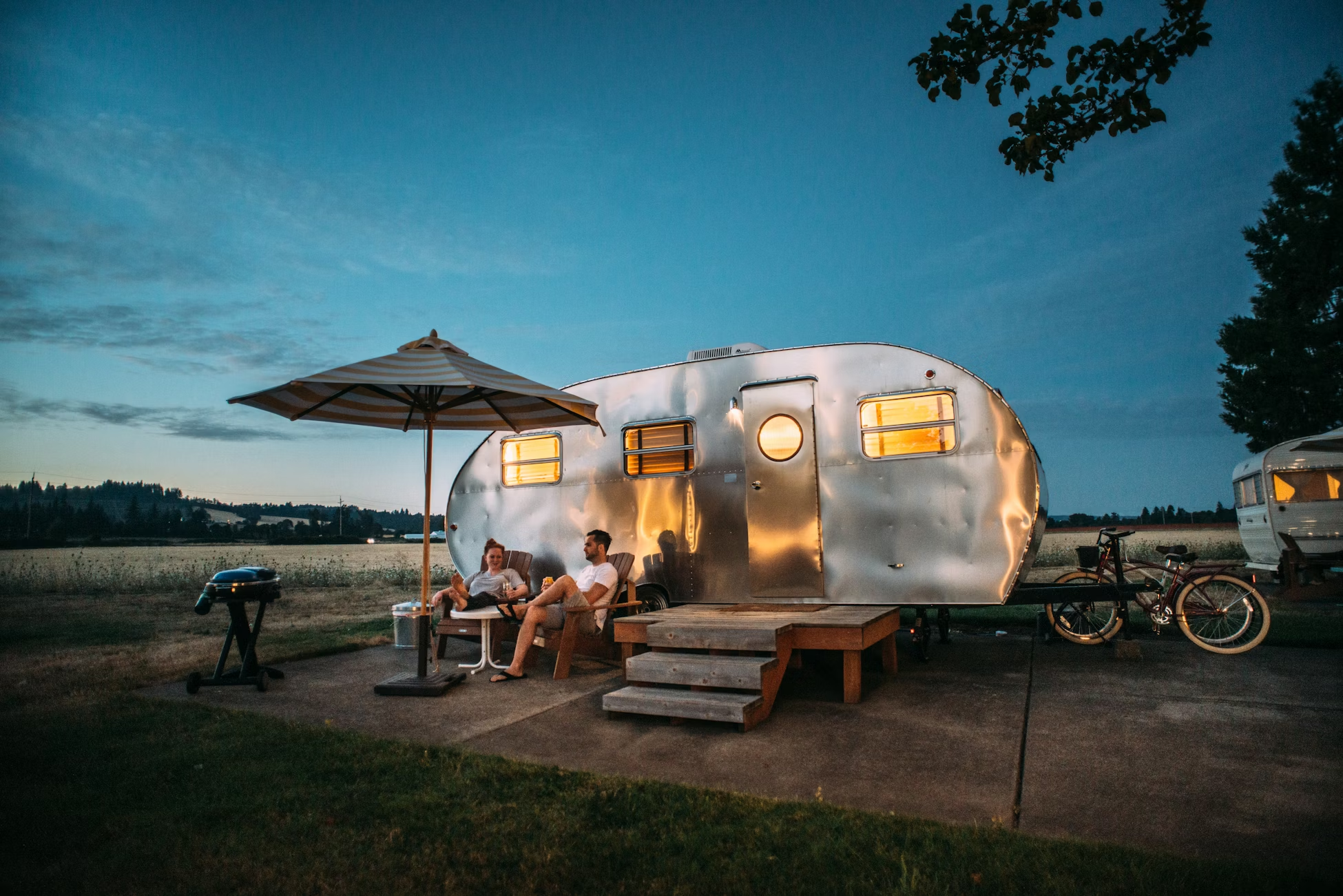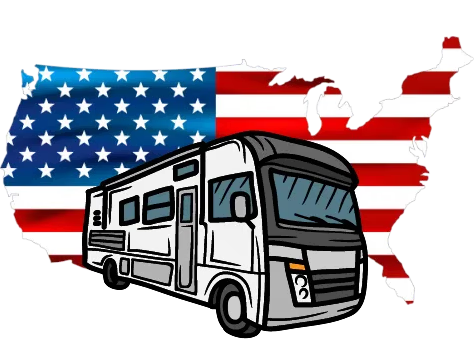When you rent out your RV, some level of wear and tear is expected. But every so often, something more serious happens: a dented panel, a broken appliance, or damage that goes beyond normal use. And when it does, how you respond can mean the difference between a small hiccup and a rental-season nightmare.
Damage is part of the business—but delays, confusion, or missed steps shouldn’t be. That’s why it’s essential for RV owners to have a clear, efficient system for handling claims and repairs—especially when working with renters and third-party platforms.
This article walks you through how to handle RV rental damage claims professionally and efficiently, what to document, how to work with insurance, and how programs like RV Management USA take the pressure off you as the owner.
Table of Contents
- Common Types of Rental Damage
- Why Documentation Is Everything
- Security Deposits vs. Insurance Claims
- The Step-by-Step Claims Process
- Repair Timelines and Vendor Coordination
- Avoiding Downtime and Lost Income
- How RVM Streamlines the Entire Process
- Final Thoughts
Common Types of Rental Damage
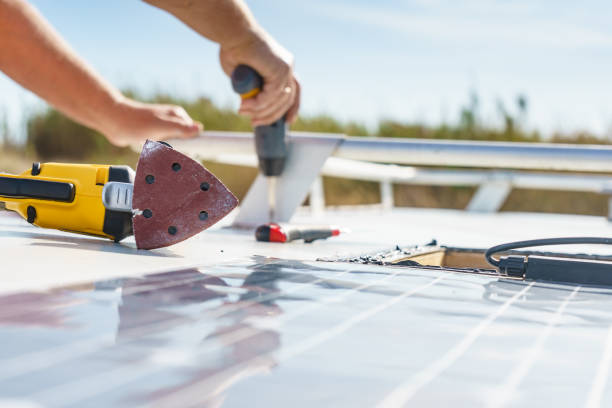
Not all damage is catastrophic—but even small issues, if left unaddressed, can lead to major costs or future disputes. The most common renter-related damage includes:
- Broken cabinet doors or drawers
- Upholstery stains or mattress damage
- Cracked or chipped windshields
- Exterior scrapes or panel dents
- Damaged plumbing or waste systems from misuse
- Awning or slide-out malfunctions
- Missing accessories (hoses, cords, remotes)
- Smoke, odor, or pet-related issues (if against policy)
Whether it’s minor cosmetic damage or something that affects drivability, the key is catching it early, documenting it properly, and initiating the claim quickly.
Why Documentation Is Everything
If you want a damage claim to be processed smoothly, you need proof. That starts with a consistent inspection process before and after every trip.
Best practices include:
- A standardized inspection checklist used by your manager or yourself
- High-quality photos of the interior and exterior before and after the rental
- Mileage, fuel, and generator readings
- Notes on pre-existing damage (signed off by the renter)
- Immediate post-trip inspection to catch issues before the next guest
This documentation protects both parties and forms the foundation of your claim—whether it's processed through the security deposit or submitted to insurance.
Security Deposits vs. Insurance Claims

Not every repair needs to go through insurance. In fact, many issues can be handled faster (and more efficiently) using the renter’s security deposit.
Here’s a general rule of thumb:
- Security Deposit: Use for minor damage (under $1,000), missing items, extra cleaning, or policy violations
- Insurance Claim: Use for major damage (over $1,000), collision, fire, weather-related loss, or incidents involving third parties
At RV Management USA, Territory Managers evaluate damage, gather evidence, and determine the best route for resolution. If it qualifies for insurance, they initiate the claim. If not, they document and apply charges to the renter’s deposit.
The Step-by-Step Claims Process
When handled professionally, a damage claim should follow a predictable path:
- Incident Identified
- Detected during post-rental inspection or reported by the renter
- Detected during post-rental inspection or reported by the renter
- Documentation Collected
- Photos, inspection checklist, renter comments, and repair estimates
- Photos, inspection checklist, renter comments, and repair estimates
- Claim Filed
- Through the rental platform’s insurance partner (e.g. Outdoorsy), or through RVM’s integrated process
- Through the rental platform’s insurance partner (e.g. Outdoorsy), or through RVM’s integrated process
- Security Deposit Withheld (if applicable)
- Used to cover deductible or minor repair costs
- Used to cover deductible or minor repair costs
- Repair Vendor Scheduled
- Either mobile service or shop repair depending on severity
- Either mobile service or shop repair depending on severity
- Repair Completed
- Receipt submitted; unit inspected and cleared for rental
- Receipt submitted; unit inspected and cleared for rental
- Owner Updated
- With timeline, claim summary, and repair documentation
- With timeline, claim summary, and repair documentation
With RVM, this workflow is fully managed by your local Territory Manager, so you’re informed—but not burdened—with the process.
Repair Timelines and Vendor Coordination
Fast repairs are critical to maintaining income, especially during peak season. That’s why it's important to:
- Work with reliable, RV-certified vendors
- Keep a preferred vendor list ready (RVM maintains one for each territory)
- Prioritize same-week repairs to prevent long gaps between bookings
- Have common replacement parts on hand (e.g. hoses, knobs, latches)
- Use mobile repair services when possible to avoid towing or transport
The longer your RV is out of commission, the more income you lose. Efficient claims and vendor coordination protect your margins.
Avoiding Downtime and Lost Income
Even if repairs are quick, it’s the lost booking revenue that often hurts most. Here’s how to minimize downtime:
- Use buffer days between bookings to allow for inspection and fixes
- Proactively schedule maintenance in the off-season
- Build a damage reserve fund from your rental income
- Keep your RV well-maintained to reduce risk of failure in the first place
- Let your rental manager handle repairs—faster coordination = faster returns
RVM’s model is built around this principle. Territory Managers act fast, work with known vendors, and prioritize your unit’s return to market—because when your RV sits, everyone loses.
How RVM Streamlines the Entire Process

Here’s what damage claims and repairs look like under RV Management USA:
- Pre- and post-trip inspections performed by a local Territory Manager
- Damage reports and photos uploaded within 24 hours
- Claims submitted directly to the platform or insurance provider
- Deposits withheld when appropriate, minimizing your involvement
- Repairs scheduled and overseen by someone local who knows your rig
- Owner receives updates and summaries—not headaches
You stay out of the weeds and continue to receive rental income, while we handle the back-end process quickly and professionally.
Final Thoughts
Damage is inevitable in the RV rental business. But drama, delays, and stress don’t have to be. With the right systems—and the right team—handling damage claims and repairs becomes just another part of a smooth, repeatable process.
At RV Management USA, we’ve designed our operations to protect your RV and your revenue, with experienced managers, integrated documentation systems, and trusted repair partners in every territory.
So when something breaks, you won’t be panicking. You’ll be covered, informed, and back on the road fast.
– RVM Team
